By Tressie Kamp and Simone Harstead.
Shelter is a basic human right. Regardless of gender, age, or race, homelessness is a frightening reality for too many people. The impact of homelessness, however, likely varies depending upon an individual’s gender or other demographic factors.
The Wisconsin Women’s Network invited attorney and Dane County Supervisor Heidi Mayree Wegleitner to present on November 2, 2015, at our monthly “Women on Topic” Brown Bag. In addition to sharing information about the decline in federal funds to address homelessness, Heidi encouraged the group to think about the unique impact of homelessness on Wisconsin’s women and children. The list below is by no means exhaustive, but is meant to remind readers of the less obvious ways that homelessness may be more chronic or difficult for women.
1) Summer daycare:
The process of finding and paying for daycare is daunting to all parents. School and after-school resources provide some relief during nine months of the year, but summer is a different story.
For a variety of reasons, homeless rates are usually higher in the summer. Heidi reminded attendees that shelters, friends, and family feel more comfortable denying a warm bed to a homeless person or family when conditions outside are friendlier. Landlords might also be reluctant to kick a tenant out during the winter. Additionally, parents most likely don’t want to move their families during the other seasons so that their child has a completed academic year.
The combined lack of school care and higher probability of spending nights outside means that summer months may prove especially difficult for homeless parents. Therefore, if a mother is the primary caregiver for her children, little to no time is left to search and apply for jobs, seek more reliable shelter, or take other actions to lift a family out of homelessness.
Some resources exist for homeless families, like summer camps that are aimed specifically at homeless children. Places in Dane County like East Madison Community Center, Inc. and Cambridge Area Youth Center offer summer day camp programs that are free of cost and help support families that may not be able to care for their children full-time in the summer.[1]
2) Feminine health & hygiene:
Many of us take for granted our ability to make a quick stop in the nearest pharmacy or convenience store for feminine hygiene products or pain relievers. Imagine adding two layers of difficulty onto this scenario: first, access to these products is clearly more difficult without reliable financial means. Second, it may be a full-day process to figure out transportation and other logistics when a homeless woman needs to go to a particular location to get free or low-cost hygiene products.
There has been significant coverage on this in the media with many news organizations reporting on this previously ignored problem. A year’s worth of tampons for one woman is at least $70.[2] Menstruation is stigmatized and therefore women have not been able to receive subsidized tampons. Many organizations addressing this issue have recently emerged, like Girls Helping Girls. Period, The Period Project, and Tampon Tuesday.
Again, if it takes the whole day to meet basic health and hygiene needs a woman is left with inadequate time to take the actions she wants to in order to help her and/or her family out of homelessness.
3) Gender-specific shelters:
Heidi also reminded the attendees that not all shelters serve the entire homeless population. Having a gendered space usually creates positive and negative effects on a situation. Gendered shelters can be exclusive; many reject transgender people instead of letting them use their self-identified gender.[3]
Furthermore, male-only shelters avoid the safety issues, cost and other complexities that come with co-ed shelters or shelters that serve the more specific needs of children. Heidi discussed the fact that the number of shelter beds available to women, particularly in the Madison area, don’t correspond to the female percentage of the homeless population. Without safe shelter beds, women are exposed not only to the elements but also to the risk of sexual assault.
On the other hand, gendered shelter can be positive in situations where someone needs gender sensitive support. For example, homeless women are at a much greater risk of sexual assault, human trafficking, and violence.[4]
WWN thanks Heidi Mayree Wegleitner for her thought-provoking presentation and for her service as a Dane County Supervisor.
The “Women on Topic” Brown Bag is a monthly series offering members and the public a unique opportunity to hear the timely perspective of women leaders from a variety of fields as we promote the advancement of women and girls in Wisconsin. For upcoming topics and dates, visit www.wiwomensnetwork.org.
[1] https://www.unitedwaydanecounty.org/documents/AgencyProgramDirectory.pdf
[2] http://kristof.blogs.nytimes.com/2015/01/28/helping-women-and-girls-period/?_r=0
[3] http://www.transequality.org/blog/win-hud-tells-homeless-shelters-to-respect-self-identified-gender
[4] http://lotushouse.org/understanding-the-need/special-needs-of-women/



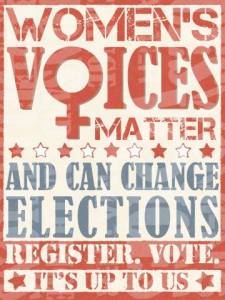

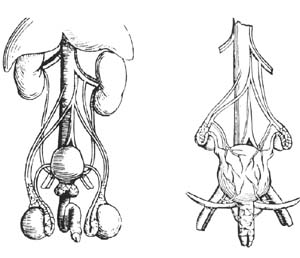


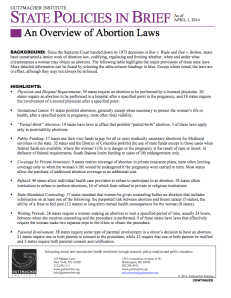




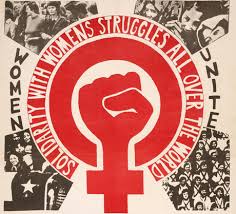


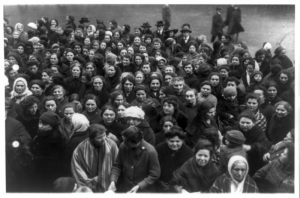


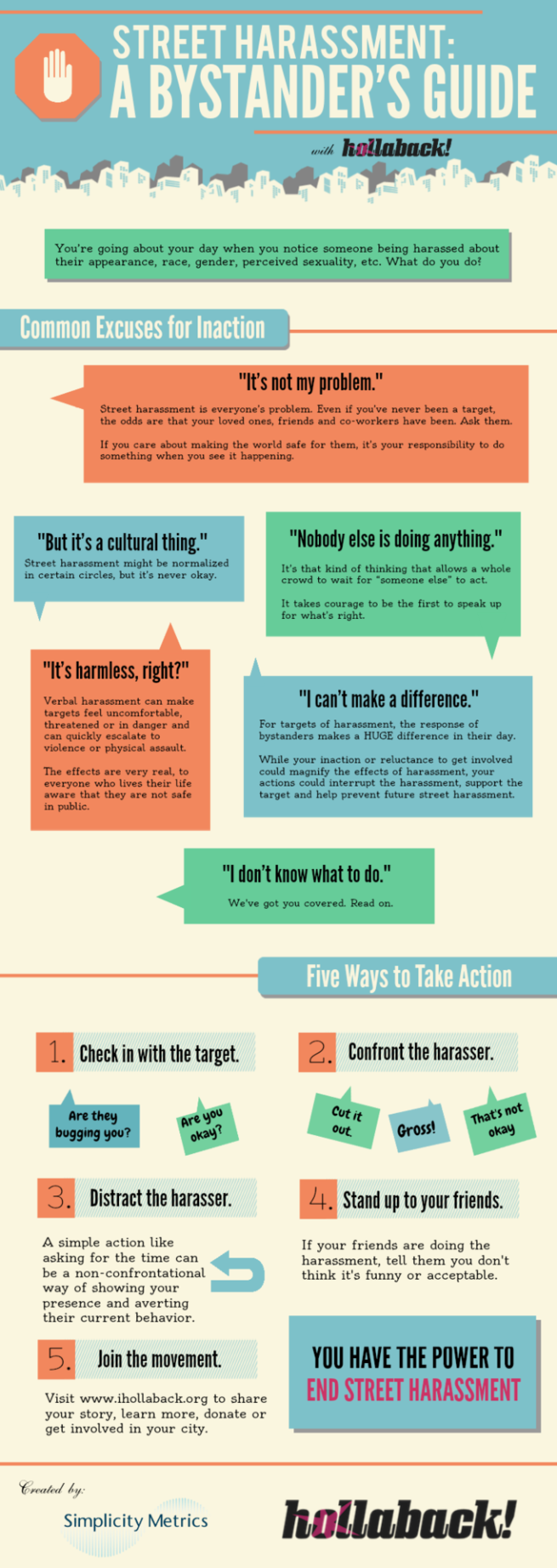
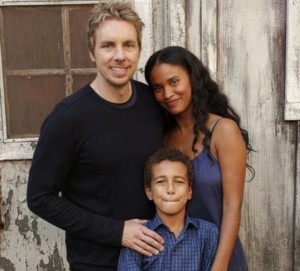

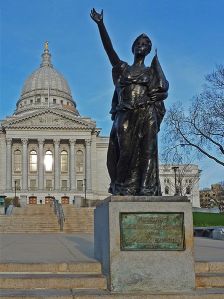





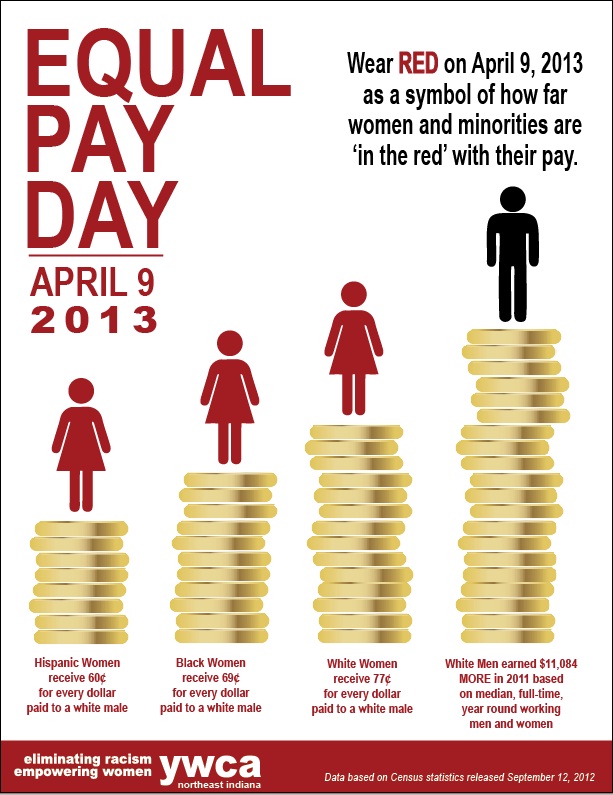



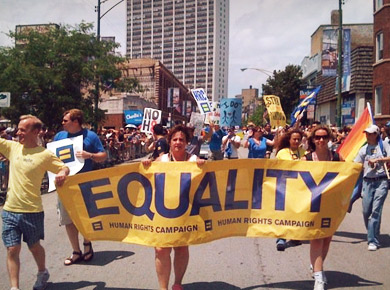

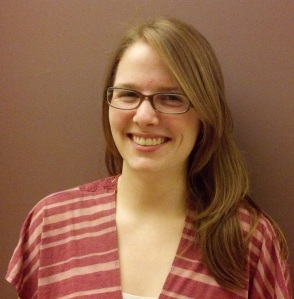


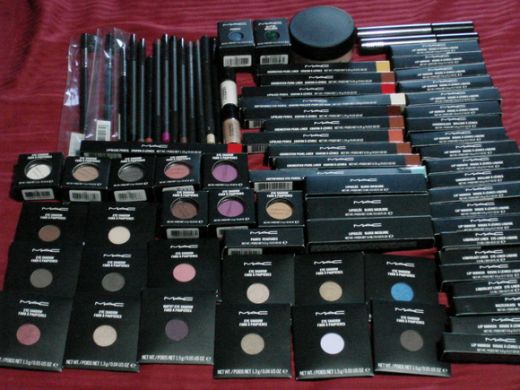

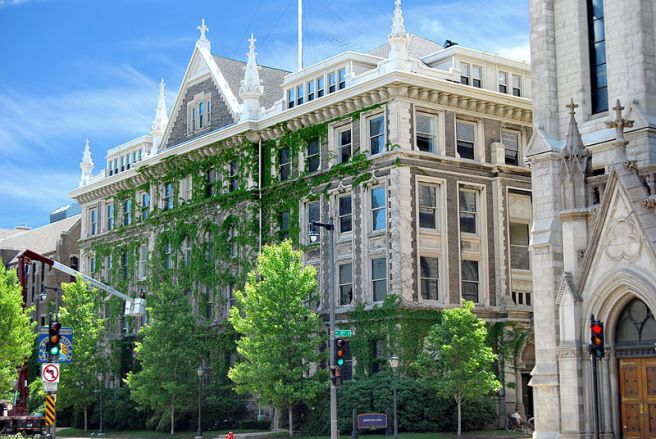

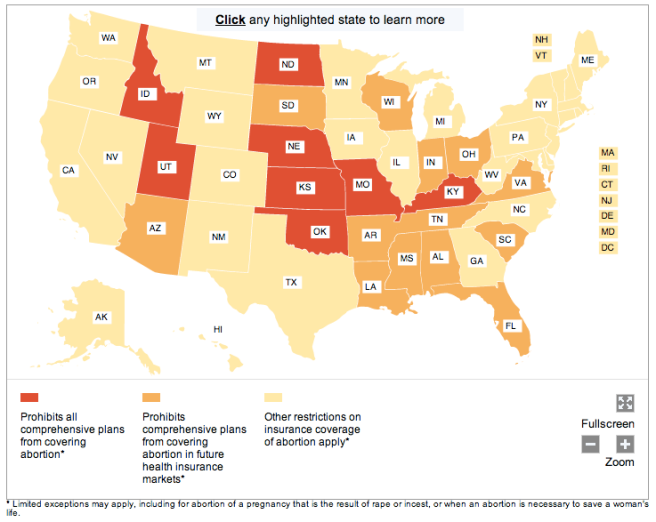

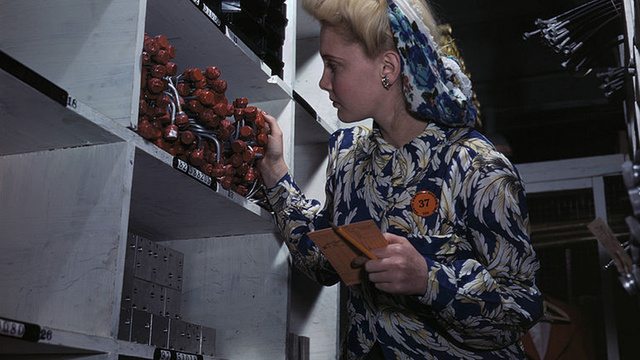

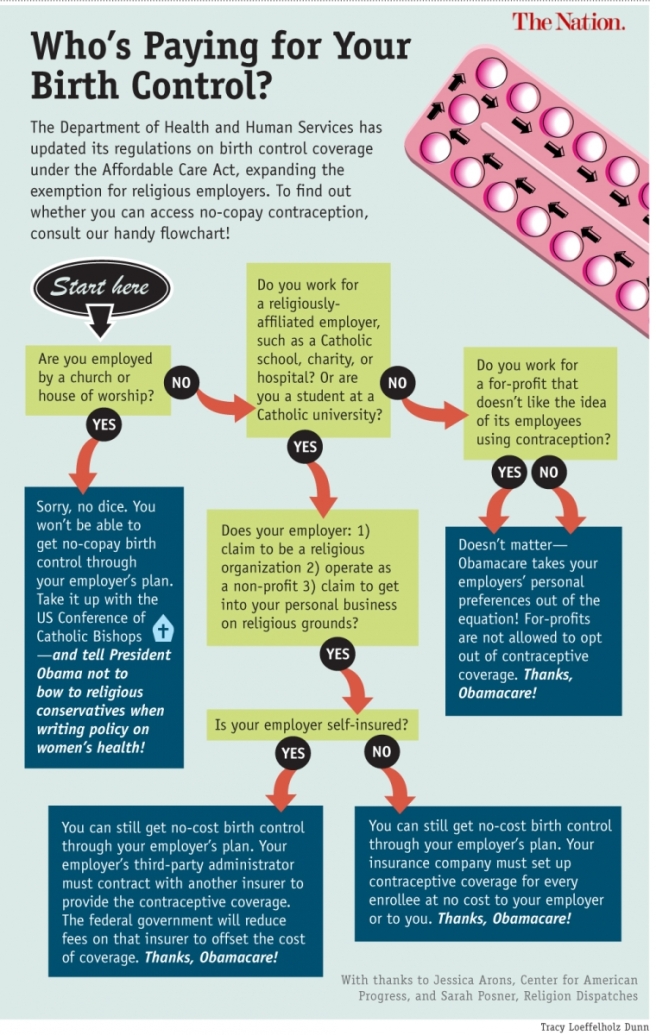

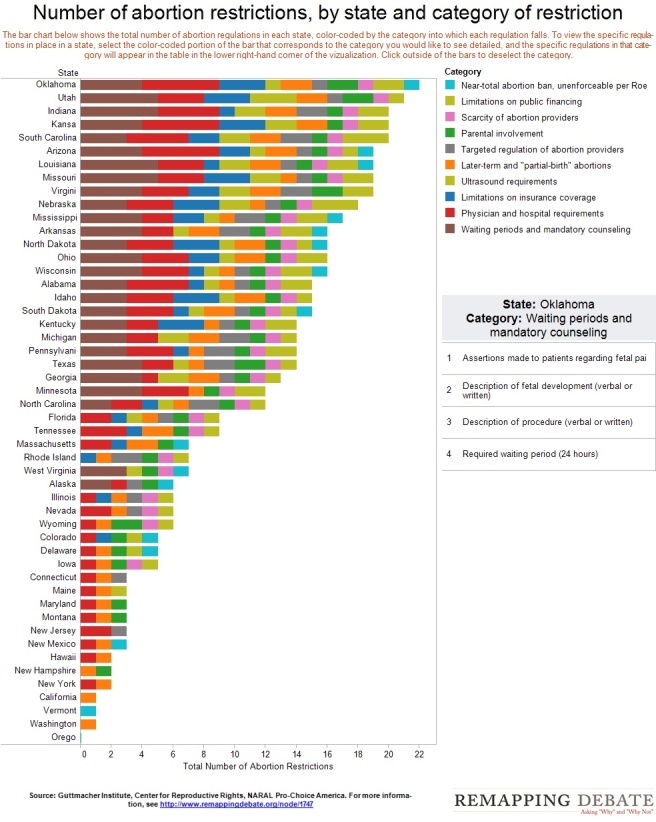

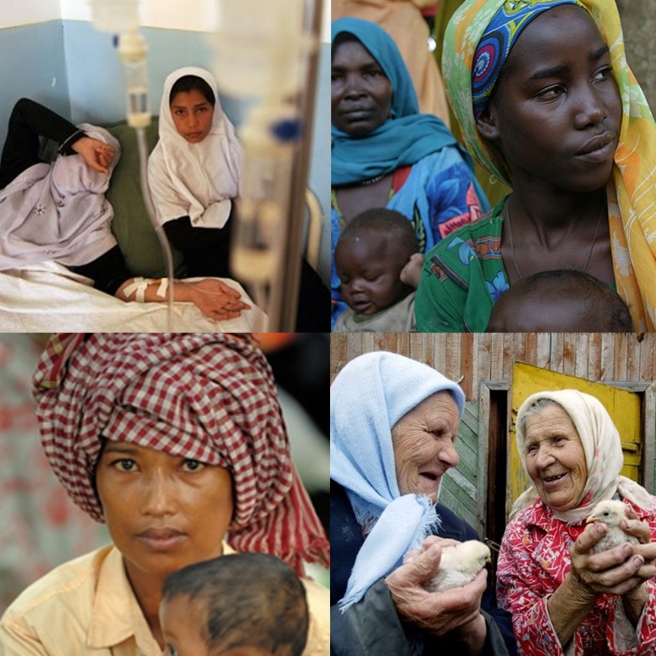

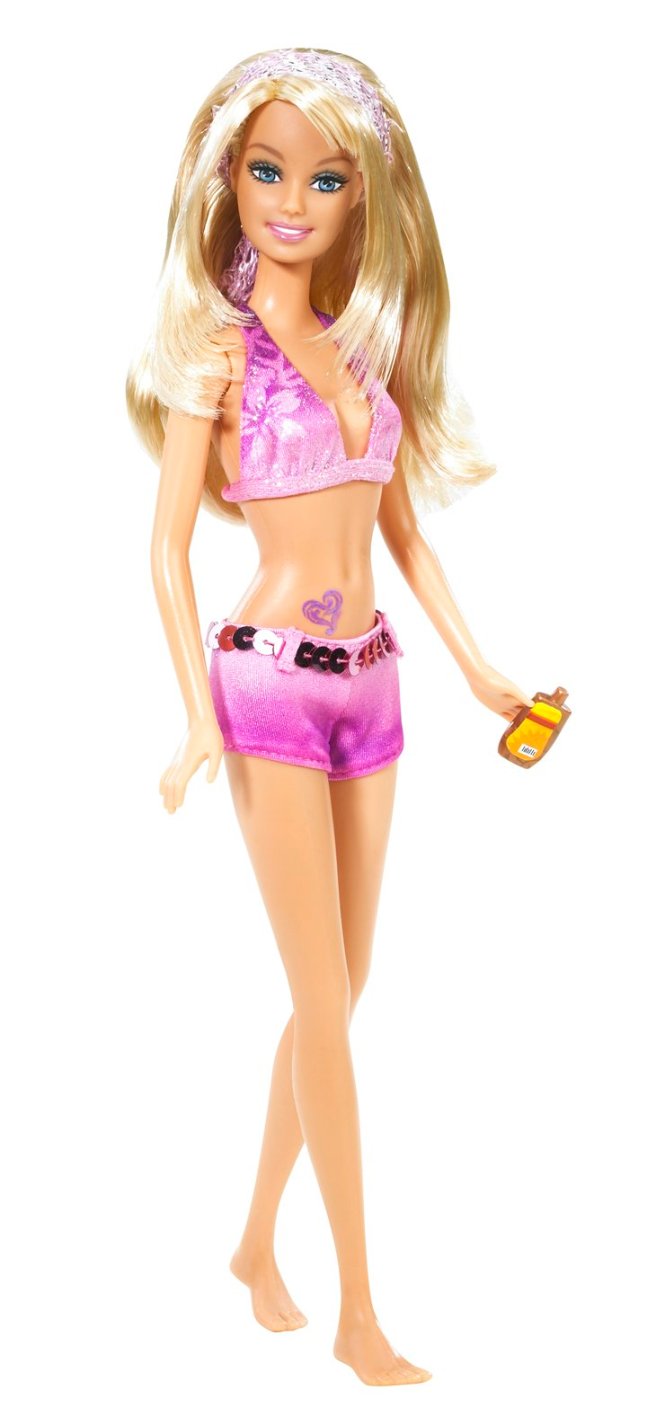

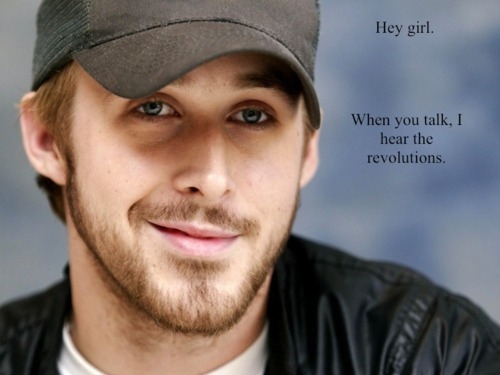







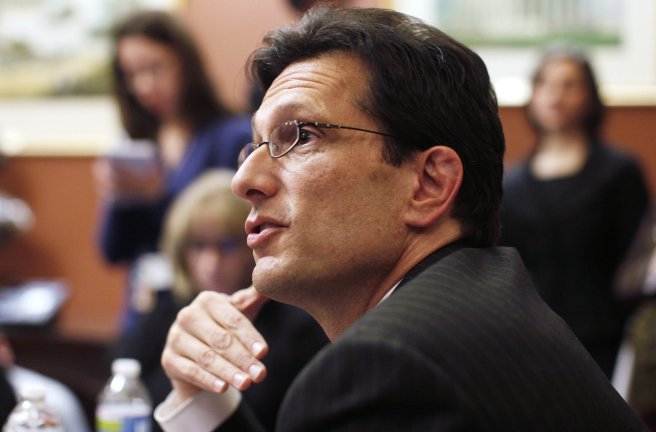 In a sad testament to the increasing prevalence of anti-women legislation, for the first time since its passing in 1994, the Violence Against Women Act (VAWA) has failed to be renewed by Congress. This bipartisan bill is regularly reauthorized without any debate or fanfare, however this development is not surprising in light of the multitude of
In a sad testament to the increasing prevalence of anti-women legislation, for the first time since its passing in 1994, the Violence Against Women Act (VAWA) has failed to be renewed by Congress. This bipartisan bill is regularly reauthorized without any debate or fanfare, however this development is not surprising in light of the multitude of 
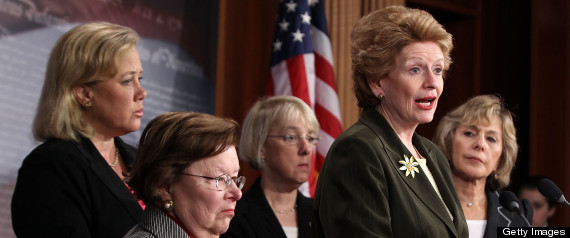 In 2012, far more than any other year, women secured a prime position in National and Global news. While some refer to 2012 as the “Year of Women” a complete examination of the year’s developments yields a more nuanced perspective. It seems that in the news, every positive piece of legislation or female accomplishment was negated by a minority population who remains intent on quashing female empowerment. For that reason, it seems fitting to compile a list of victories and loses for women in 2012. These successes show how far we have come as a society while the failures serve as a constant reminder that sexism and misogyny are far too ingrained to disappear in one year.
In 2012, far more than any other year, women secured a prime position in National and Global news. While some refer to 2012 as the “Year of Women” a complete examination of the year’s developments yields a more nuanced perspective. It seems that in the news, every positive piece of legislation or female accomplishment was negated by a minority population who remains intent on quashing female empowerment. For that reason, it seems fitting to compile a list of victories and loses for women in 2012. These successes show how far we have come as a society while the failures serve as a constant reminder that sexism and misogyny are far too ingrained to disappear in one year.